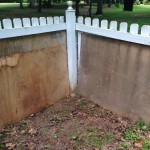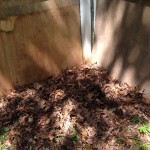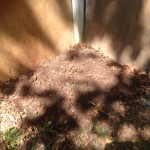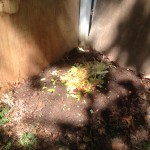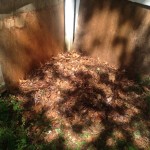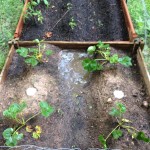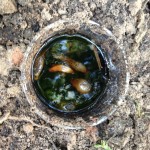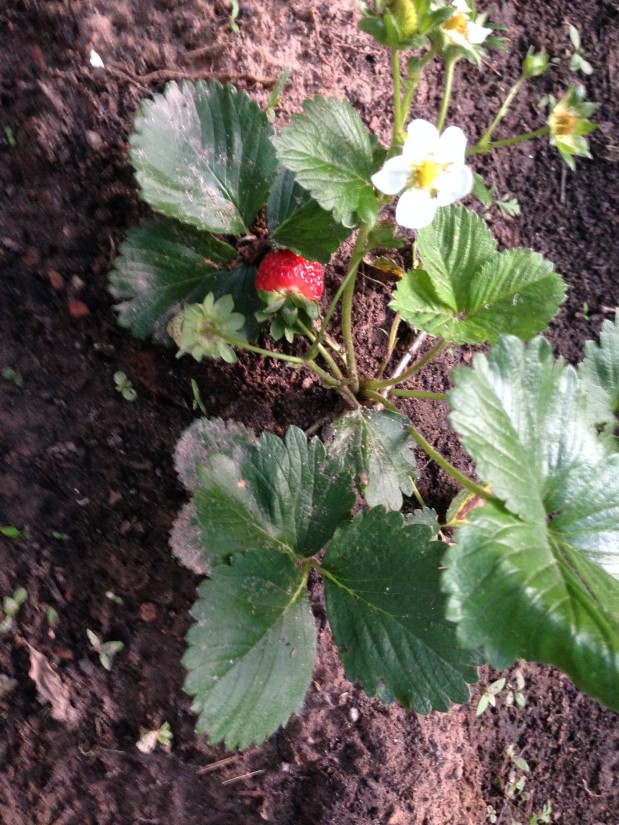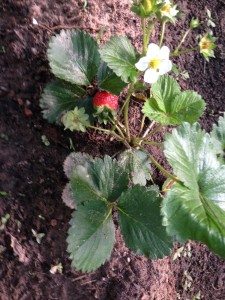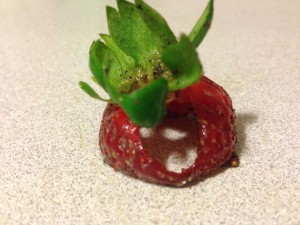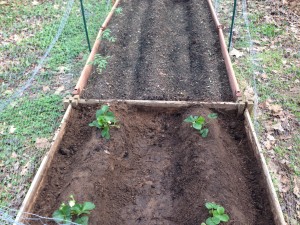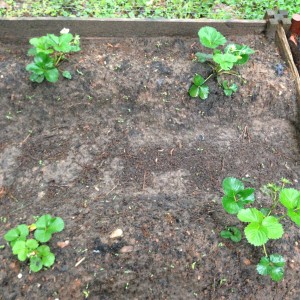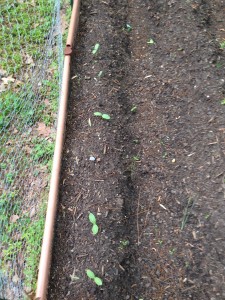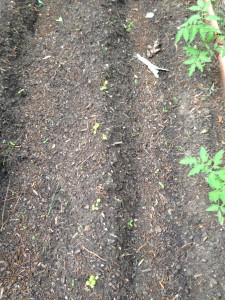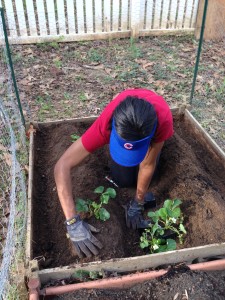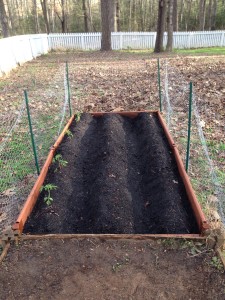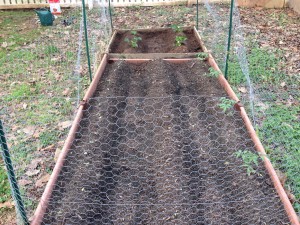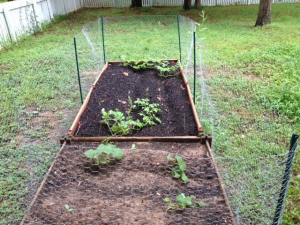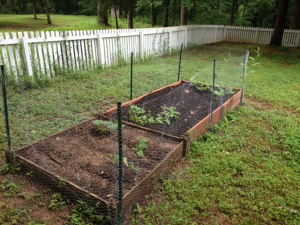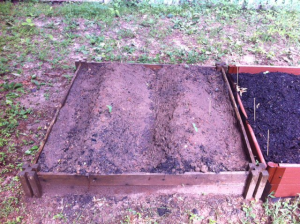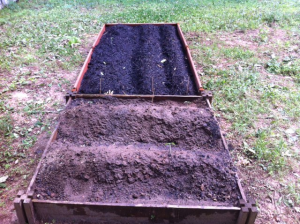Compost piles are gifts that keep on giving. At least that’s what I’ve read. Since last summer I’ve been giving some thought to starting a compost pile, but that’s about as far as I got. Until now! After thinking about it for so long, I finally decided to put one in the corner of the garden.
Compost piles have lots of benefits but I wanted to share my reasons for starting one.
1. Composting is easy– There aren’t very many steps to starting a compost pile or to keep one going. Staff at my favorite garden center told me they’re hard to mess up which seems pretty close to idiot proof. Good news for me.
2. Composting is free- There isn’t a cost to composting if you use yard materials such as decomposed leaves and grass. The food scraps come from already purchased groceries. Some people choose to buy a compost bin, but I’ve just cleared a corner of the yard and started the pile there.
3. Composting means a healthier garden- Composting provides really rich soil for the garden which means a nutrient-rich base for the plants. Yay for stronger, more nutrient dense fruits and vegetables!
4. Composting is better for the environment- The food waste doesn’t end up in a landfill and decomposes naturally. Composting is better for the environment and I’m sure it will greatly cut back on the amount of garbage we generate.
5. Compost can be used in landscaping- Compost isn’t just for a vegetable garden. It can also be used in flower beds and landscaping. It’s good to know that the pile I’m starting now can be used for next year’s landscaping. I haven’t had much luck so far in growing flowers in the yard since we’ve been here, so hopefully the compost will help.
If you have other reasons or benefits for starting a compost pile, please share!

